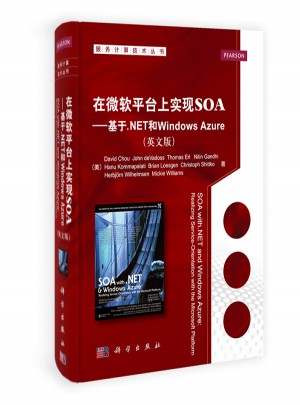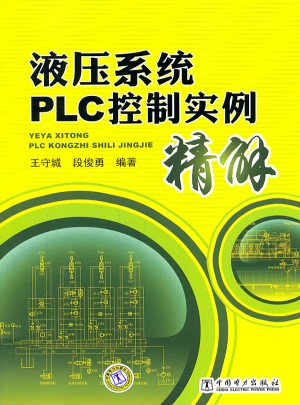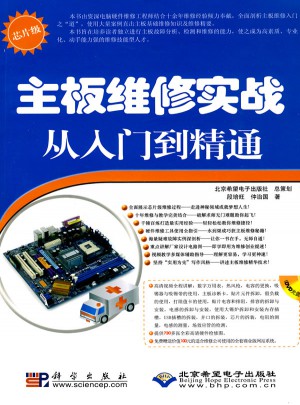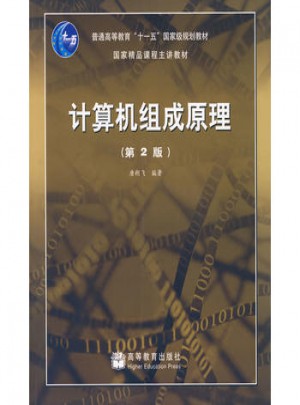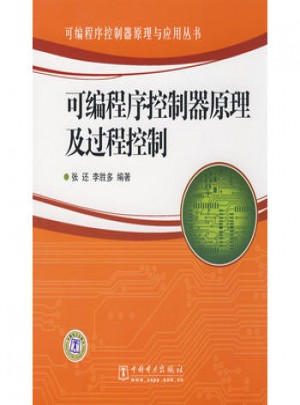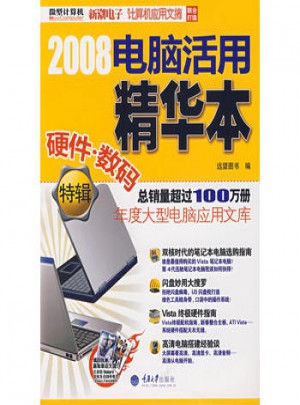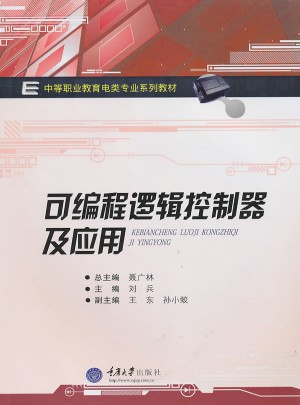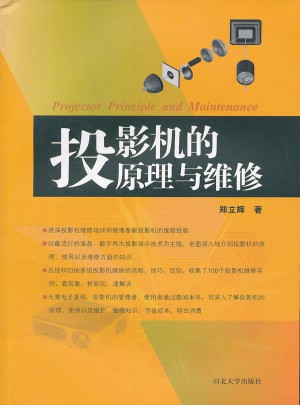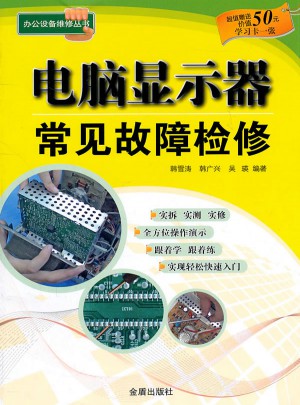Foreword by S.Somasegar
Foreword by David Chappell
CHAPTER 1:Introduction
1.1 About this Book
1.2 Objectives of this Book
1.3 Who this Book is For
1.4 What this Book Does Not Cover
1.5 Prerequisite Reading
1.6 How this Book is Organized
Part I:Fundamentals
Chapter 3:SOA Fundamentals
Chapter 4:A Brief History of Legacy .NET Distributed Technologies
Chapter 5:WCF Services
Chapter 6:WCF Extensions
Chapter 7:.NET Enterprise Services Technologies
Chapter 8:Cloud Services with Windows Azure
Part II:Services and Service Composition
Chapter 9:Service-Orientation with .NET Part I:Service Contracts and Interoperability
Chapter 10:Service-Orientation with .NET Part II:Coupling,Abstraction,and Discoverability
Chapter 11:Service-Orientation with .NET Part III:Reusability and Agnostic Service Models
Chapter 12:Service-Orientation with .NET Part IV:Service Composition and Orchestration Basics
Chapter 13:Orchestration Patterns with WF
Chapter 14:Orchestration Patterns with BizTalk Server
Part III:Infrastructure and Architecture
Chapter 15:Enterprise Service Bus with BizTalk Server and Windows Azure
Chapter 16:Windows Azure Platform AppFabric Service Bus
Chapter 17:SOA Security with .NET and Windows Azure
Chapter 18:Service-Oriented Presentation Layers with .NET
Chapter 19:Service Performance Optimization
Chapter 20:SOA Metrics with BAM
Part IV:Appendices
Appendix A:Case Study Conclusion
Appendix B:Industry Standards Reference
Appendix C:Service-Orientation Principles Reference
Appendix D:SOA Design Patterns Reference
Appendix E:The Annotated SOA Manifesto
Appendix F:Additional Resources
1.7 How Principles and Patterns are Used in this Book
Sources
Reference Notation
1.8 Symbols,Figures,and Style Conventions
Symbol Legend
How Color is Used
Additional Information
Updates,Errata,and Resources(www.soabooks.com)
Master Glossary(www.soaglossary.com)
Referenced Specifications(www.soaspecs.com)
SOASchool.comTM SOA Certified Professional(SOACP)
The SOA Magazine(www.soamag.com)
Notification Service
CHAPTER 2:Case Study Background
2.1 How Case Studies Are Used
2.2 Case Study Background #1:Standard Mold
History
Technical Infrastructure
Business Goals and Obstacles
2.3 Case Study Background #2:Superior Stamping
History
Technical Infrastructure
Business Goals and Obstacles
PART I:FUNDAMENTALS
CHAPTER 3:SOA Fundamentals
3.1 Basic SOA Terminology
Service-Oriented Computing
Service-Orientation
Service-Oriented Architecture(SOA)
Services
Services as Components
Services as Web Services
Services as REST Services
Service Models
Agnostic Logic and Non-Agnostic Logic
Service Composition
Service Inventory
Service-Oriented Analysis
Service Candidate
Service-Oriented Design
Service Contract
Service-Related Granularity
SOA Design Patterns
3.2 Service-Oriented Computing Goals
Increased Intrinsic Interoperability
Increased Federation
Increased Vendor Diversification Options
Increased Business and Technology Domain Alignment
3.3 Further Reading
CHAPTER 4:A Brief History of Legacy .NET Distributed Technologies
4.1 Distributed Computing 101
Client-Server
Distributed Architecture
Service-Oriented Architecture
4.2 .NET Enterprise Services
It All Began with COM(and DCOM)
COM+ Services
.NET Assemblies
Distributed Transaction Coordinator
.NET Enterprise Services and Service-Orientation
4.3 .NET Remoting
.NET Remoting Architecture
Serializable Classes
Remotable Classes
Ordinary Classes
Hosting .NET Remoting Components
Windows Service
IIS Hosting Under ASP.NET
Hosting a .NET Remoting Component in a Console Application
.NET COM+ Services
.NET Remoting Configurations
Activation Types
Message Formats
Communication Protocols
Object Lifetime Management
.NET Remoting and Service-Orientation
4.4 Microsoft Messaging Queue(MSMQ)
The Queues
Sending and Receiving Messages
MSMQ and Service-Orientation
4.5 System.Transactions
Distributed Resource Transactions
Explicit and Implicit Programming Models
Ambient Transactions
4.6 Web Services(ASMX and WSE)
XML Web Services(ASMX)
The WebService Attribute
The WebMethod Attribute
Web Service Enhancements(WSE)
4.7 REST Service Processing with IHttpHandler
CHAPTER 5:WCF Services
5.1 Overview
5.2 Service Contracts with WCF
WCF Terminology
WCF Service Contract
Interface Contract
Operation Contract
Data Contract
Message Contract
Service Endpoint
The ServiceContract and OperationContract Attributes
Data Models and the DataContract Attribute
Messaging and the MessageContract Attribute
Service Endpoints and the endpoint Element
Address
Bindings
Contract
REST Service Classes and Attributes
The WebGet Attribute
The WebInvoke Attribute
WCF UriTemplate Attribute
Faults and the FaultContract Attribute
MEX Endpoints
Versioning Considerations
5.3 Service Implementation with WCF
Behaviors
Instancing
A Sample Implementation
5.4 Service Hosting with WCF
Self-Hosted Services
Managed Windows Services
IIS Process Boundary
Windows Activation Services(WAS)
Hosting REST Services
5.5 Service Consumers with WCF
Using the Service Metadata Tool
Writing the Proxy Class for a Service
Using the ChannelFactory Class
CHAPTER 6:WCF Extensions
6.1 WCF Security
Security Modes
Authorization
Federated Identity
6.2 WCF Transactions
Operation Attributes for Transactions
TransactionScopeRequired
TransactionAutoComplete
TransactionFlow
Service Attributes for Transactions
TransactionIsolationLevel
TransactionAutoCompleteOnSessionClose
TransactionTimeout
Durable Services
6.3 WCF Router
The RoutingService Class
Routing Contracts
Routing Configuration
Step 1:Define Endpoints
Step 2:Configure Service Behavior
Step 3:Enumerate Target Endpoints
Step 4:Define Message Filters
Step 5:Create a Filter Table
Fault Tolerance
6.4 WCF Discovery
Discovery Modes
Locating a Service Ad Hoc
Sending and Receiving Service Announcements
Discovery Proxies for Managed Discovery
Discovering from a Discovery Proxy
Implicit Service Discovery
6.5 WCF Extensibility
WCF Layers
Layered Extensibility
Channel Layer Extensibility
6.6 WCF Management Tools
Administration
Troubleshooting
Logging Messages
CHAPTER 7:.NET Enterprise Services Technologies
7.1 SQL Server
Native XML Web Services Support
Service Broker(SSB)
Query Notification
XML Support in SQL Server
7.2 Windows Workflow Foundation(WF)
WF Architecture
Workflows
Sequential Workflows
State Machine Workflows
Workflow Designer
Workflow Persistence(with WF)
Communicating with the Host Container
Activities
Workflow Runtime Environment
WF Programming Model
Passing Parameters into a Workflow Instance
Returning Parameters from a Workflow Instance
Workflow-Enabled Services
Versioning Orchestrations
WF Extensibility
Business Rules
7.3 Application Blocks and Software Factories
Application Blocks
Software Factories
Guidance Toolkits
Web Services Software Factory
7.4 Windows Server AppFabric
Configurable Hosting Environment
Workflow Persistence(with AppFabric)
In-Memory Application Cache Platform
Manageability Extensions
Application Server Event Collector
7.5 BizTalk Server
BizTalk Server Architecture
Messaging
Pipelines
Pipeline Components
Ports and Locations
Adapters
Context Properties
Itineraries
Unified Exception Management
CHAPTER 8:Cloud Services with Windows Azure
8.1 Cloud Computing 101
Cloud Deployment Models
Public Cloud
Private Cloud
Community Cloud
Other Deployment Models
The Intercloud(Cloud of Clouds)
Deployment Models and Windows Azure
Service Delivery Models
Infrastructure-as-a-Service(IaaS)
Platform-as-a-Service(PaaS)
Software-as-a-Service(SaaS)
Other Delivery Models
IaaS vsPaaS
8.2 Windows Azure Platform Overview
Windows Azure(Application Container)
SQL Azure
Windows Azure Platform AppFabric
8.3 Windows Azure Roles
Web Roles and Worker Roles
Virtual Machines
Input Endpoints
Inter-Role Communication
8.4 Hello World in Windows Azure
1.Create a Cloud Service Project
2.Choose an ASP.NET Web Role
3.Create the Solution
4.Instantiate the Service
8.5 A Web Service in Windows Azure
1.Create a Host Service and Storage Service
2.Create and Deploy a Service Package
3.Promote the Service to Production
8.6 A REST Service in Windows Azure
REST Service Addressing
Creating a Windows Azure REST Service
8.7 Windows Azure Storage
Tables
Entities and Properties
Data Access
Queues
Blobs
Block Blobs
